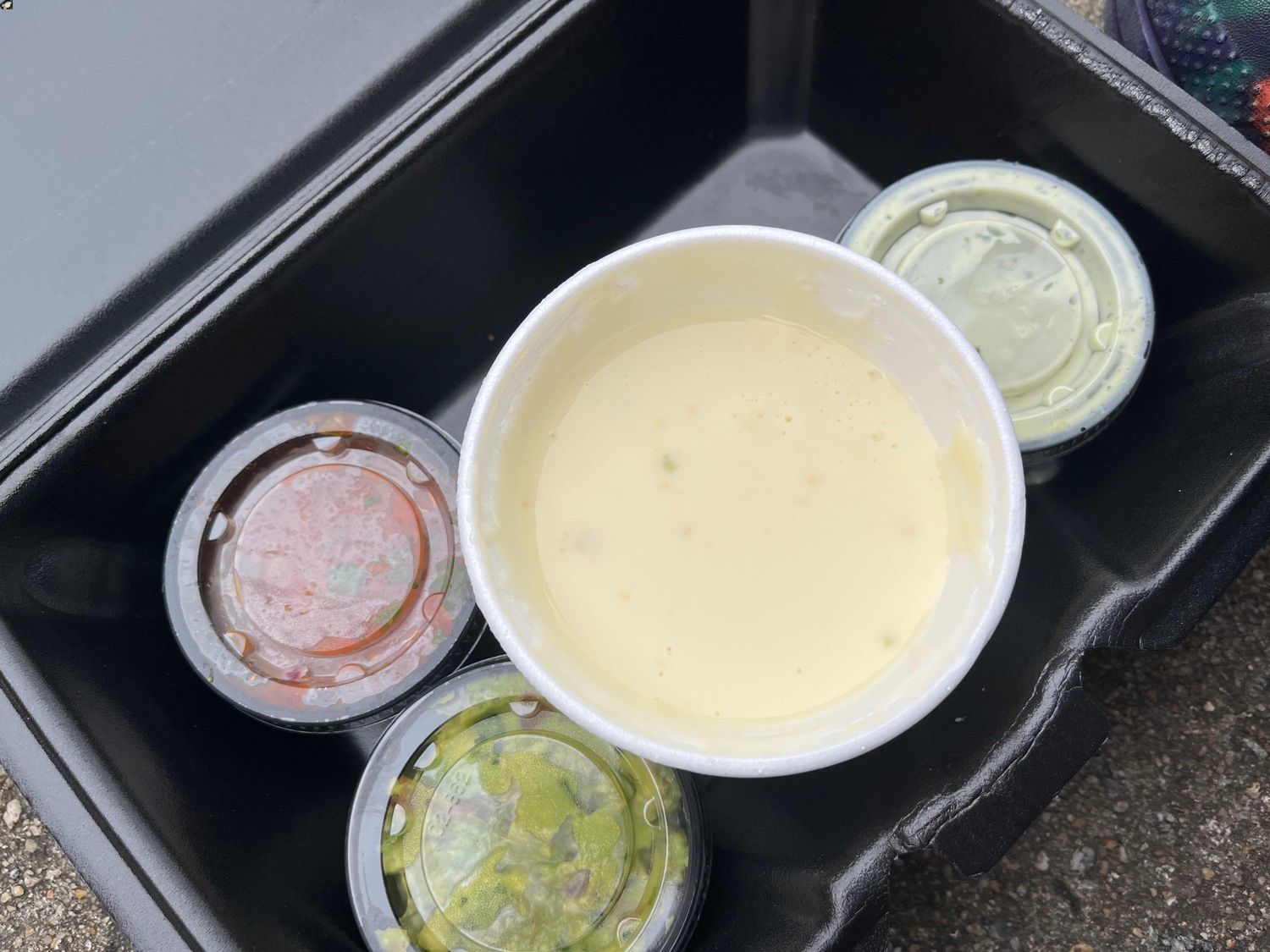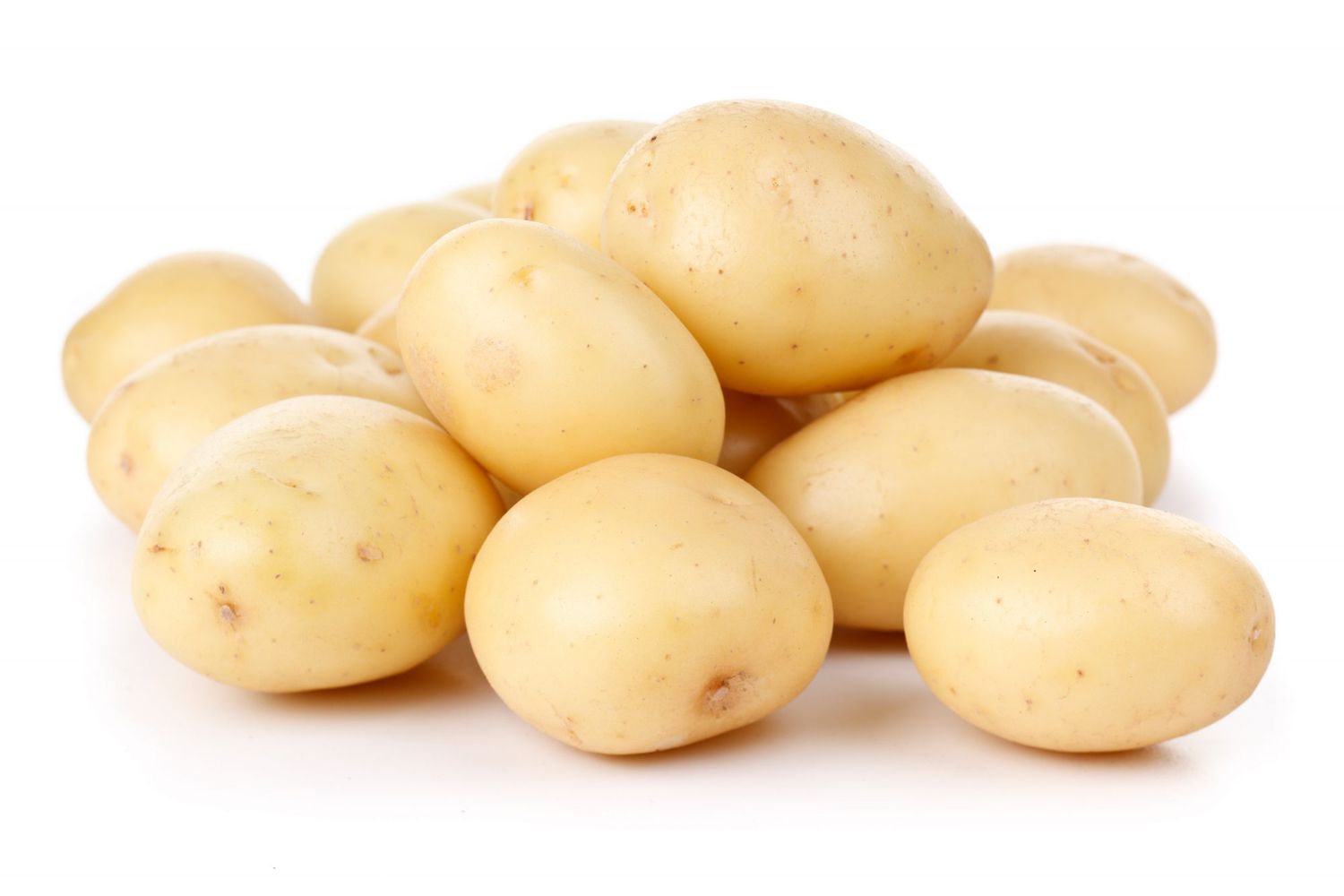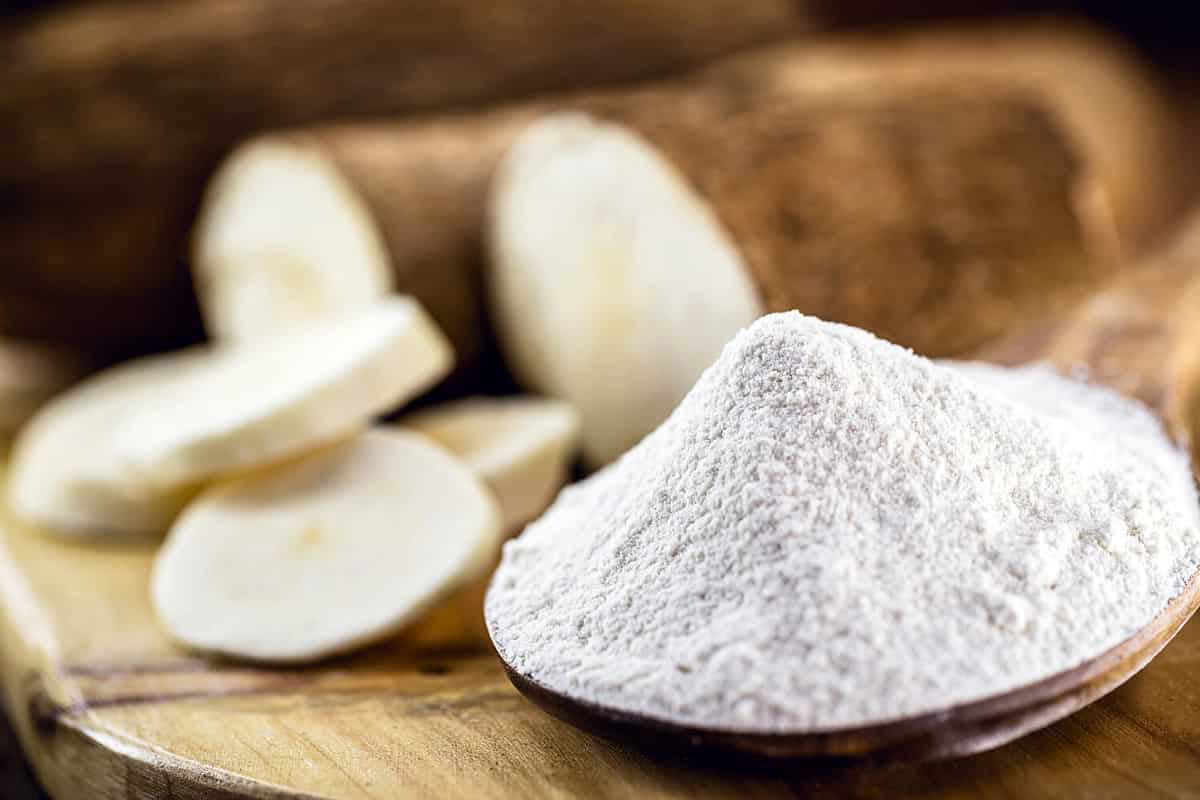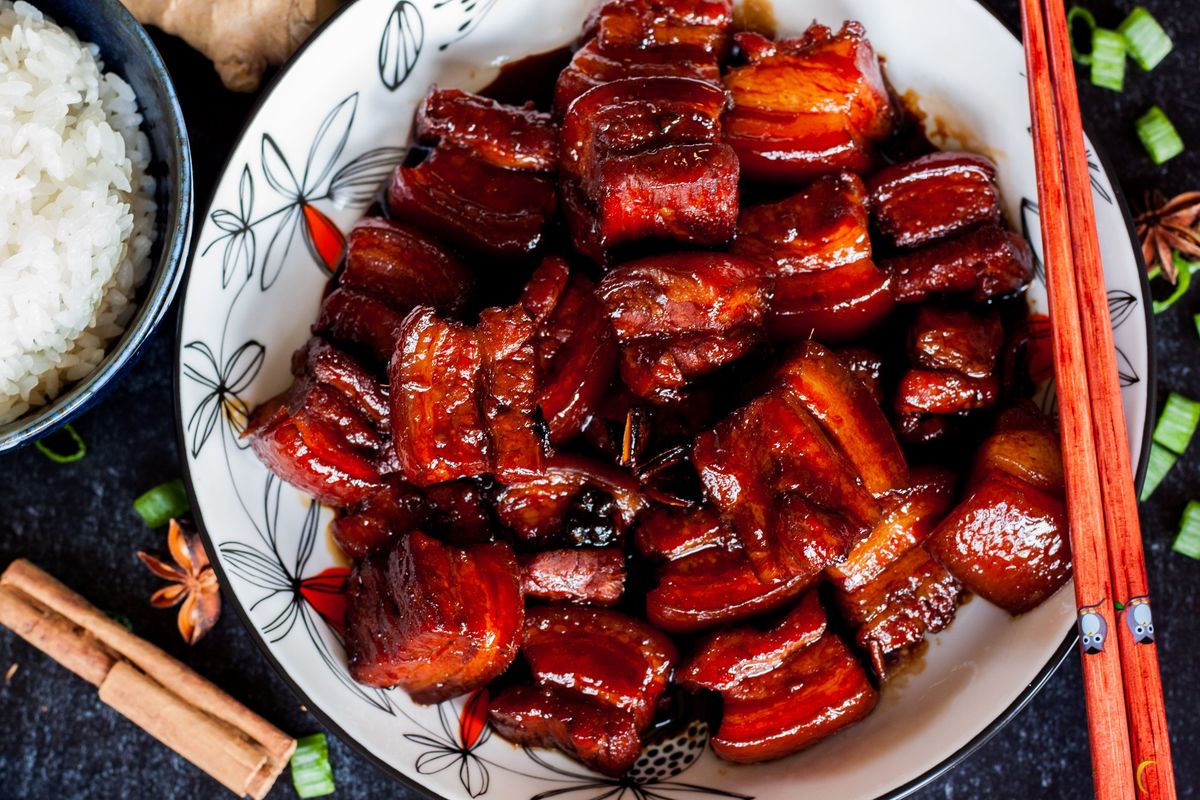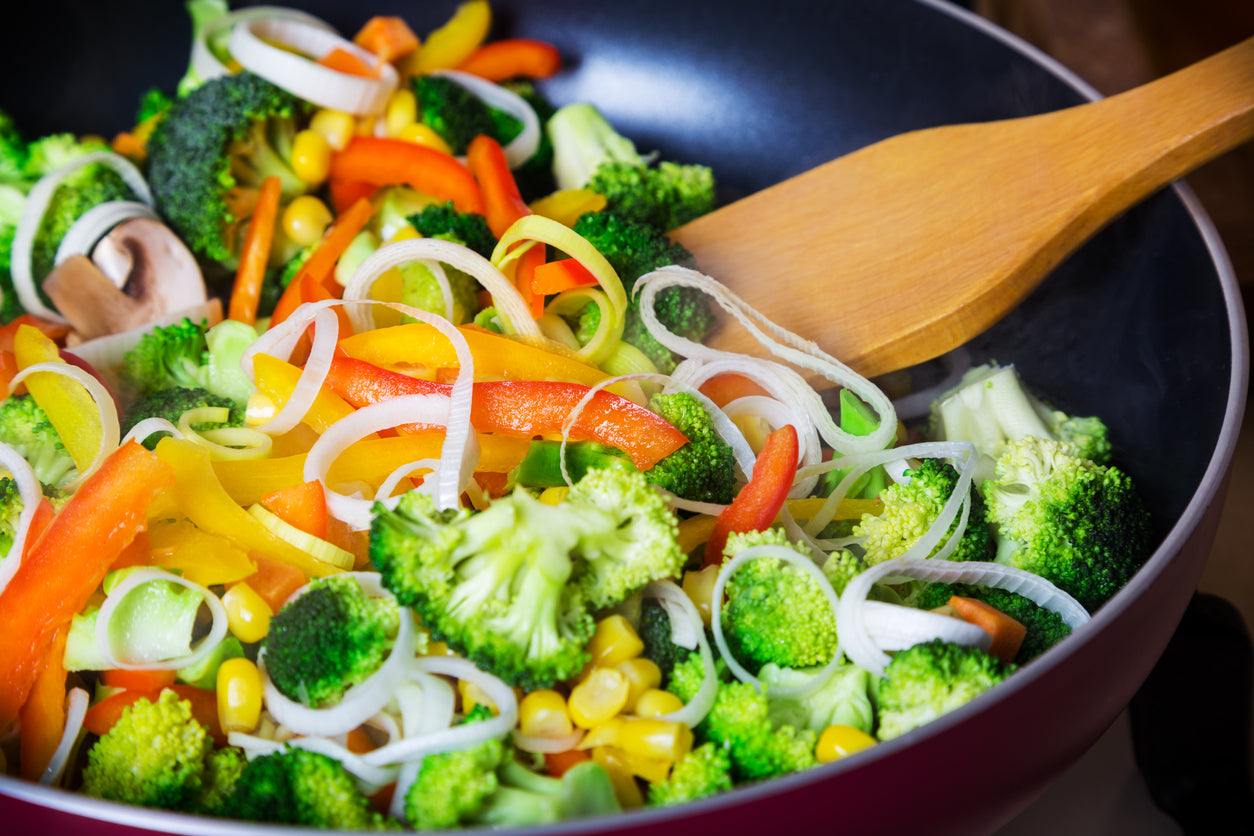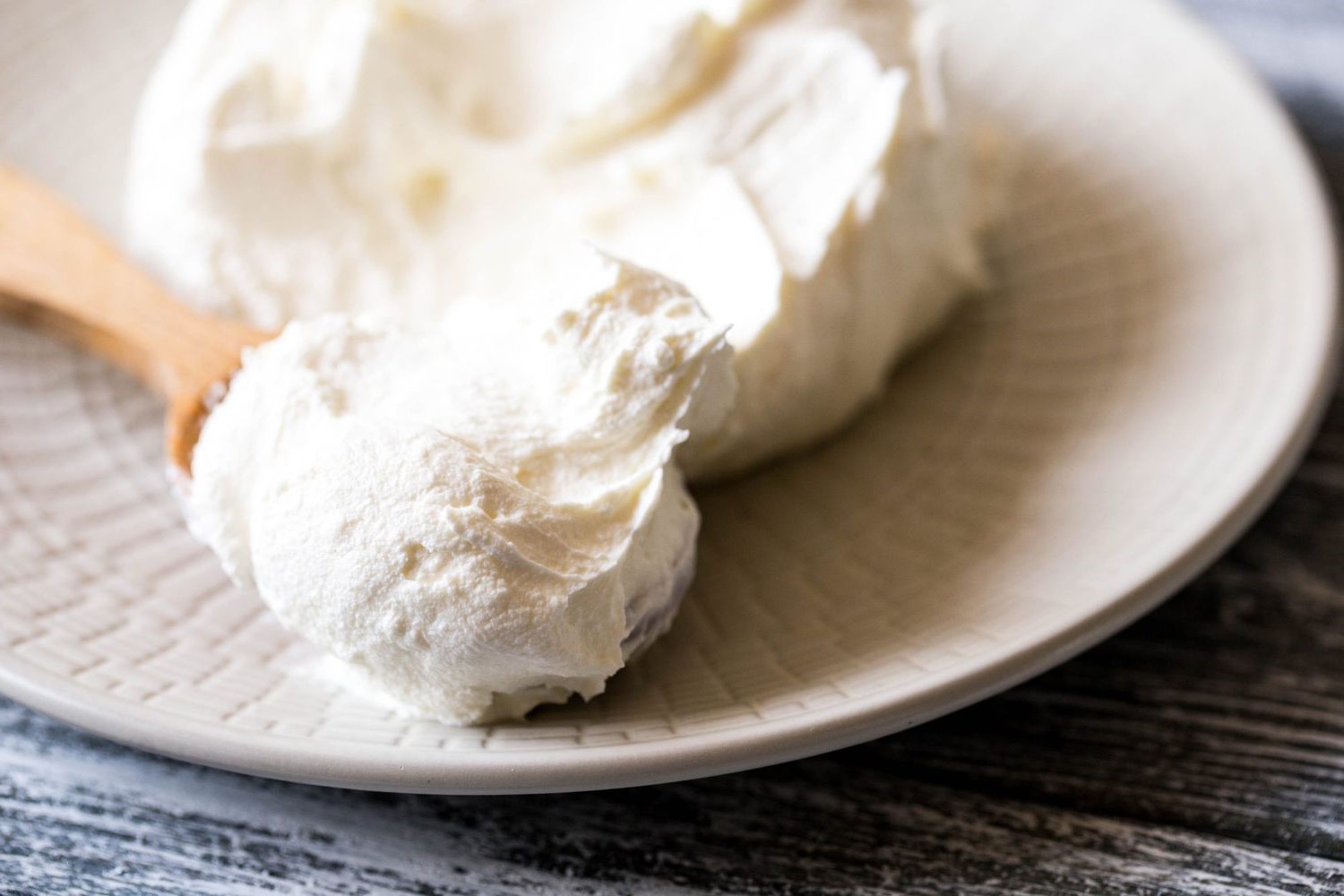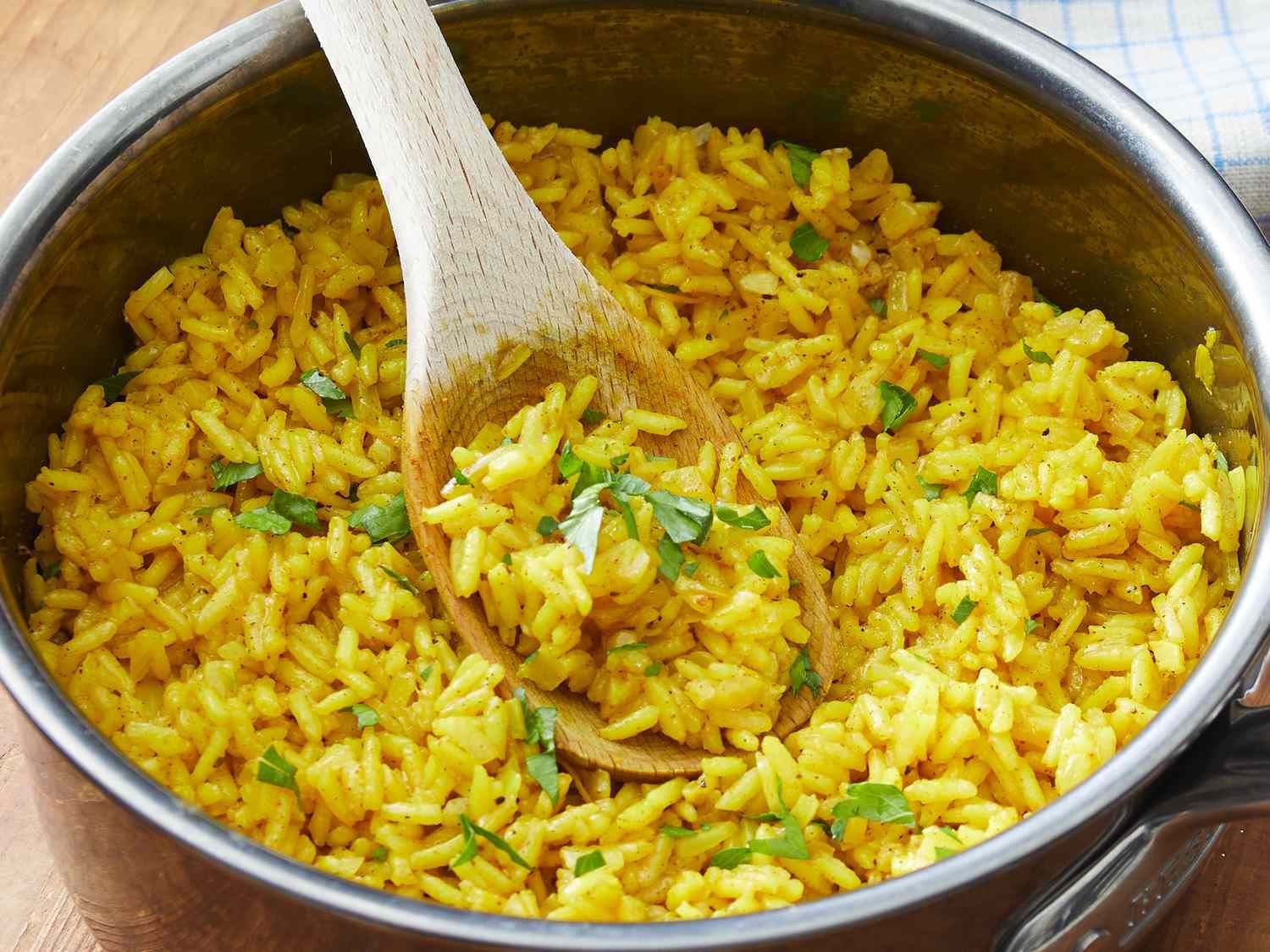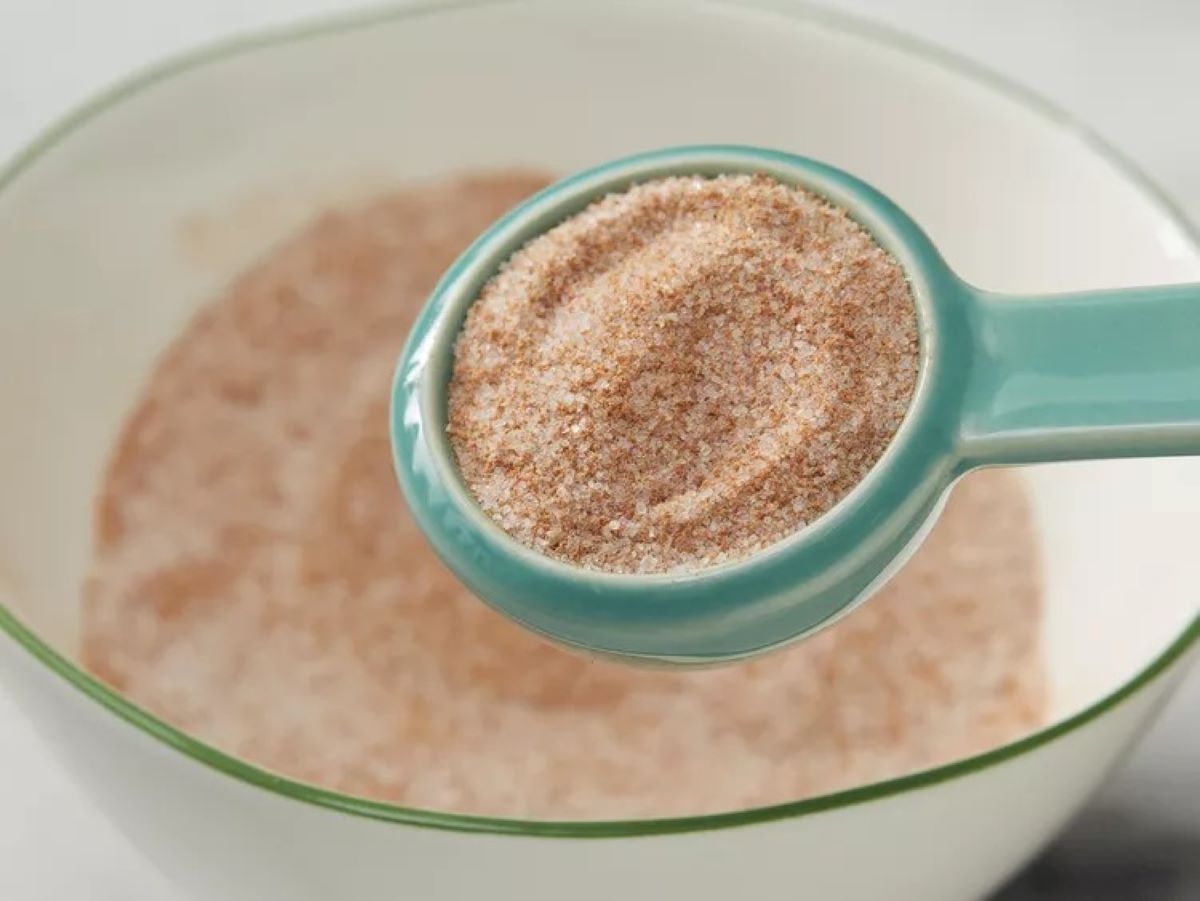Discovering the Delightful Rambutan
Have you ever heard of the rambutan? This exotic fruit may not be as well-known as some other tropical fruits, but it is definitely worth getting to know. With its unique appearance and delicious flavor, the rambutan is a true delight for anyone who loves exploring new and exciting fruits.
What is Rambutan?
The rambutan is a tropical fruit that is native to Southeast Asia. It belongs to the Sapindaceae family, which also includes other well-known fruits such as lychee and longan. The name “rambutan” actually comes from the Malay word for “hairy,” which is a fitting description of this fruit’s appearance.
Appearance and Taste
One of the most striking features of the rambutan is its appearance. The fruit is about the size of a golf ball and is covered in soft, spiky hairs that give it a unique and eye-catching look. Once you peel away the hairy exterior, you’ll find a translucent, juicy flesh that is similar in texture to a grape. The flavor of the rambutan is sweet and slightly acidic, making it a refreshing treat on a hot day.
Health Benefits
Aside from being delicious, rambutans also offer a range of health benefits. They are a good source of vitamin C, which is important for immune function and skin health. Additionally, rambutans contain a variety of antioxidants that can help protect the body from damage caused by free radicals. These antioxidants may also have anti-inflammatory properties, making rambutans a great choice for anyone looking to support their overall health.
Ways to Enjoy Rambutan
There are many ways to enjoy rambutan, whether you prefer to eat it fresh or incorporate it into recipes. Here are a few ideas to get you started:
- Fresh: Simply peel the rambutan and enjoy the juicy flesh on its own.
- Fruit Salad: Add rambutan to a fruit salad for a tropical twist.
- Smoothies: Blend rambutan with other fruits for a refreshing and nutritious smoothie.
- Cocktails: Use rambutan as a garnish for cocktails or mocktails.
Where to Find Rambutan
If you’re eager to try rambutan for yourself, you may be wondering where to find it. While rambutan is not as widely available as some other fruits, you can often find it in specialty grocery stores, especially those that cater to a diverse range of international foods. Additionally, if you live in a tropical region, you may be able to find rambutan at local markets during the peak of its growing season.
In Conclusion
Rambutan is a unique and delicious fruit that is well worth seeking out. Whether you enjoy it fresh, in a smoothie, or as part of a tasty dessert, rambutan is sure to delight your taste buds and provide you with a range of health benefits. So, the next time you come across this intriguing fruit, be sure to give it a try and experience the tropical goodness of rambutan for yourself.
